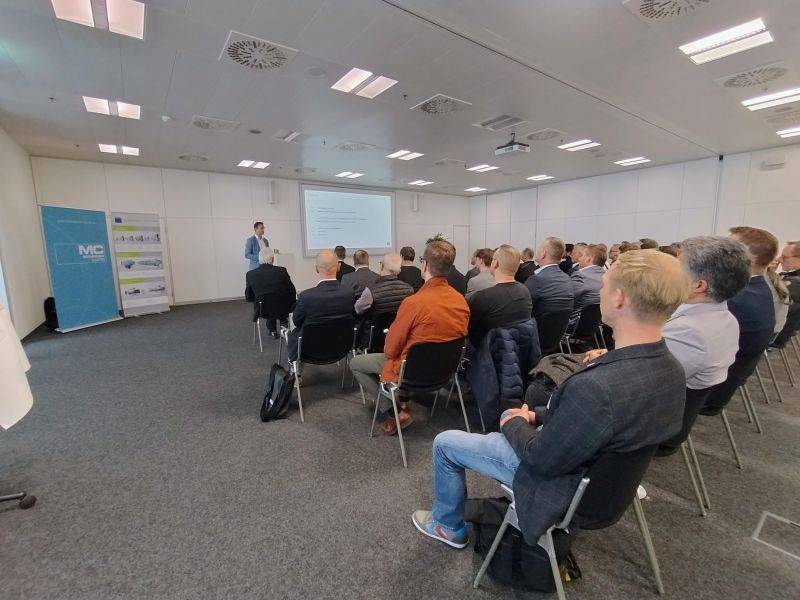
In modern corporate practice, project management is considered as a key mechanism for the implementation of strategic and operating initiatives. The competent project management ensures compliance with terms, resource control, the achievement of planned results and the minimization of risks.
The project management is a system of processes, methods and tools aimed at planning, organization, control and completion of work within the established budget, graphics and quality. It includes initiation, planning, execution, monitoring and closing of the project.
To ensure the consistency of projects with a corporate strategy, a project office is being introduced. Its functions include methodological support, reporting consolidation, control of compliance with standards and the development of design competencies in the organization.
The selection of project participants requires accounting for competencies, the distribution of roles and the establishment of liability zones. Effective interaction within the team is formed due to clear communication channels, flexible coordination and a transparent accountability system.
One of the priorities is to control the deadlines for the performance of key tasks and the rational distribution of resources. Calendar planning tools, gante diagrams, a critical path and technology for managing dependencies between tasks are used.
The project management includes the development of a financial model, the distribution of budget by stages and types of work, as well as monitoring the performance of estimated obligations. Deviations are recorded in real time and are subject to operational adjustment.
Early identification of potential threats allows you to minimize their impact on the course of the project. Project management consultants develop a risk matrix, determine the probabilities and consequences, and also form plans for preventive and corrective measures.

Depending on the goals and features of the project, various approaches are used - from classic (PMBOK, Prince2) to flexible (Agile, Scrum, Kanban). The choice of the model depends on the level of uncertainty, scale and involvement of interested parties.
The success of the project is largely determined by the quality of interaction with external and internal participants. The management of interested parties includes an analysis of expectations, building communications and mechanisms for coordinating decisions.
Information platforms (MS Project, Jira, Trello, Asana, Wrike, etc.) provide visualization of the project, automation of reporting and operational communication. Their implementation helps to increase transparency and controllability at all levels.
Regular monitoring of the project is carried out on the basis of key performance indicators (KPI), progress reports and control points. The collected information is used to make decisions, evaluate deviations and adjust the plans.
Project management is not only a methodology, but also a culture of work with changes. Companies introducing a design approach demonstrate higher adaptability, handling and ability to implement initiatives with a predictable result.
William Clark
I’ve learned so much from these posts.
Elizabeth Moore
Well-written and insightful articles.